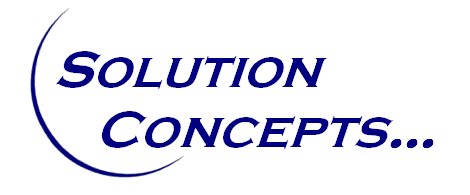MIL STD 1553 has some nice characteristics for military and possible safety critical applications:
- Deterministic, each COMMAND RESPONSE sequence is timed
and all transfer times and responses are known for each command type. - Dual Redundant operation, the Bus Controller may transmit on either bus but not simultaneously. However, Remote Terminals and Bus Monitors can listen on both redundant buses.
- The Bus Controller continues even after detecting errors on the
bus forever. - There is no connect retry experiences as seen in Ethernet Technology.
MIL STD 1553 or STANAG 3838 the NATO equivalent is implemented on many electronic form factors and is typically used in Military land, sea and air platforms. 1553 is also used in the test and simulation market and is now used on the Airbus A350, so it has many varied applications. However, 1553 is a very expensive data bus technology when compared to CAN Bus for example.
I'll talk some more about 1553 in another blog soon... Alternatively, sign up at www.solutionconcepts.co.uk for our news letter.
There are many 1553 boards in existence, especially on aircraft systems, where the aircraft have been flying for 30+ years. These 1553 boards are typically based around COTS or PC form factors, the older technology includes PMC(first generation), ISA, VME and PC104. Some of these technologies are being or have been phased out, which is a big problem!
These 1553 boards are based on either an 1553 ASIC chipset or a custom FPGA with 1553 IP core, implementations vary, as some 1553 COTS vendors additionally use a DSP or even an FPGA to communicate with a 1553 ASIC chipset, there are many designs of boards with different pin-out configurations and very different software interface libraries. Thankfully, the 1553 data bus has defined cabling and interconnect specifications!
So we can see that there are already a few headaches for system designers and maintainers, when these 1553 products are pronounced "End of Life", but what can be done without redesigning hardware systems and system software to accommodate new designs or a competing product?
There's a lot of software effort required that's for sure, as most COTS vendors are electronics companies and they don't like changing their software libraries to suite individual customer's need...
I have been evolving a COTS 1553 obsolescence solution for over one year now, having worked for COTS suppliers, I could see the problems that customers are facing year after year...
In my next Blog I'll discuss my legacy 1553 solutions and provide detailed processes and methods of implementation to future proof 1553 and other technologies, such as AFDX.
By the way, these solutions could easily be applied to other technologies, so please feel free to talk with me about your problems. You can see reach me on LinkedIN, Facebook and Twitter.
If you need help now, then talk to Bob here bob@solutionconcepts.co.uk or visit Solution Concepts.
If this Blog interests you, please leave a comment!


